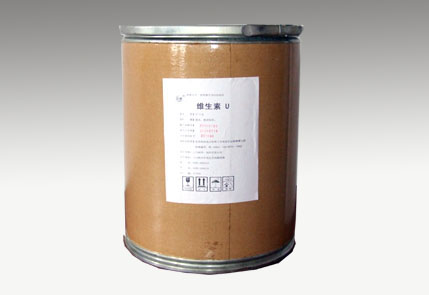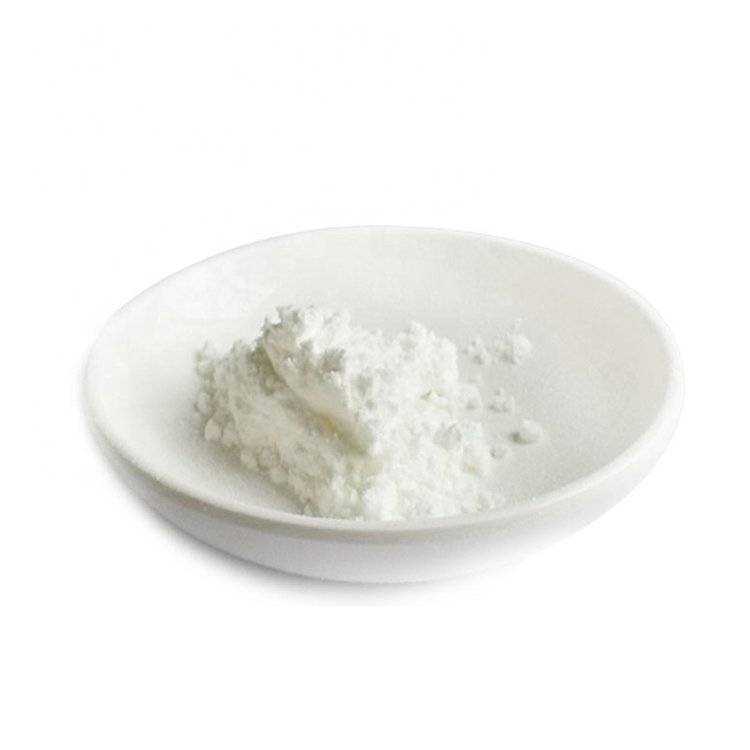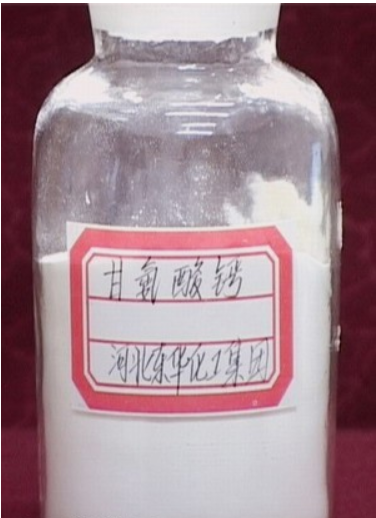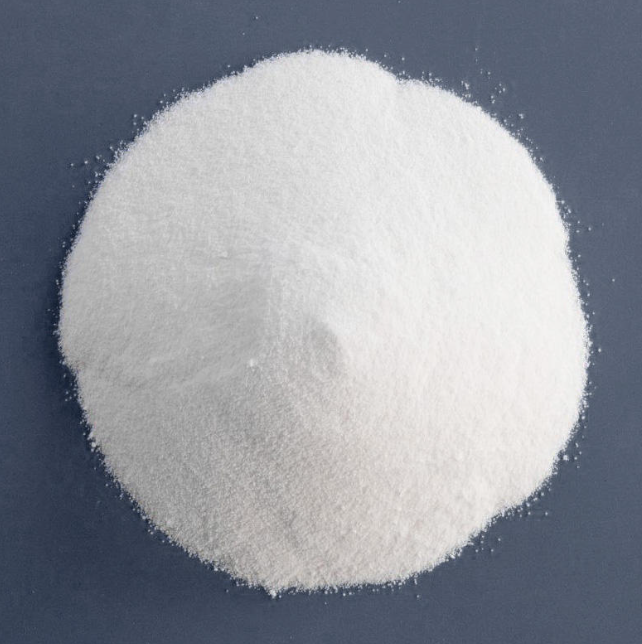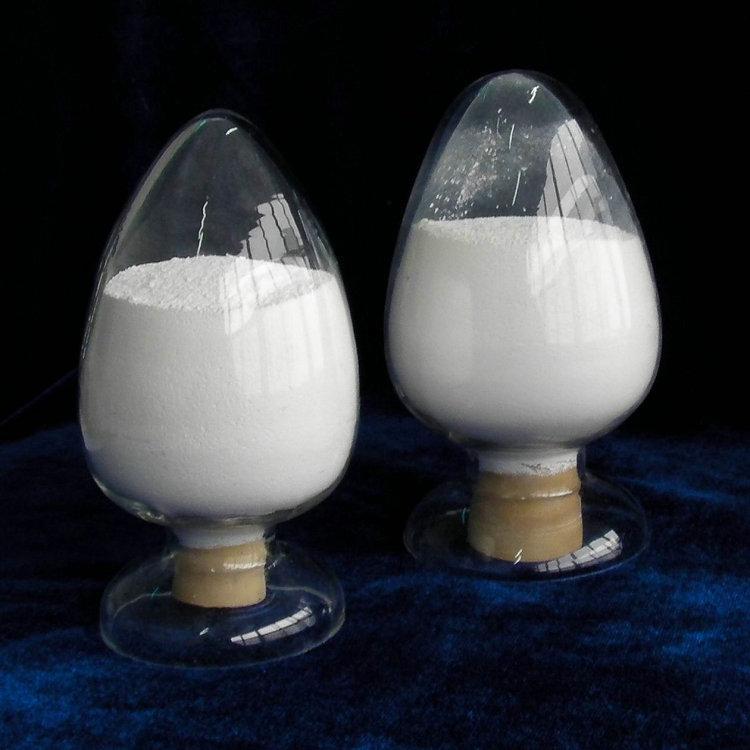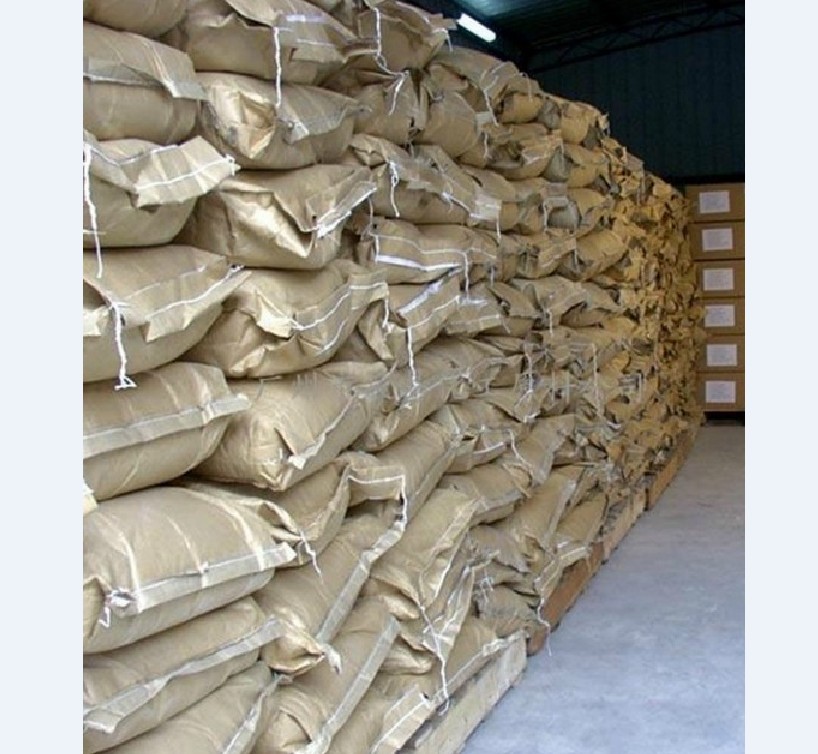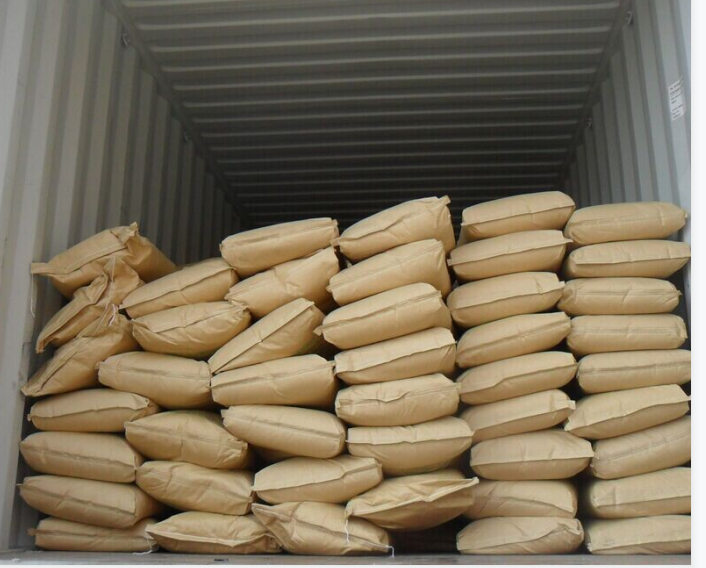Feed Additive
Additives For Food Packaging
Colorant
Stabilizer and Coagulator
Water Retention Agent
Feed Deworming Health Agents
Anti Corrosion and Preservation
Color Fixative
Flour Treatment Agent
Defoamer
Coating Agent
Feed Vitamins
Emulsifier
Other Food Additives
Nutritional Fortifier
Thickening Agent
Feed Quality Enhancer
Antioxidants
Chewing Gum Bases
Bulking Agent
Feed Amino Acids and Small Peptides
Flavor Enhancer
Sweeteners
Additives For Feed Preservation
Other Feed Additives
Food Additive
Bleaching Agents
Anticaking Agent
Food Flavors and Fragrances
Enzyme Preparation
Feed Trace Elements
Acidity Regulators
Feed Growth Promoters
Feed Conditioner
CAS:3493-12-7
Molecular Formula:C6H14ClNO2S
Alias
More Information
(3-Amino-3-Carboxypropyl)Dimethylsulfonium Chloride; Citrin; Dl-(3-Amino-3-Carboxypropyl)Dimethylsulfonium Chloride; Dl-Methionine Methylsulfonium Chloride; Dl-Methylmethionine Sulfoniumchloride; Methyl-Methionine Sulphonium Chloride; Vitamin U; Vitas U
Brief Introduction
Vitamin U is an anti ulcer agent, which is mainly used in the adjuvant treatment of gastric and duodenal ulcer, ulcerative colitis, gastrointestinal motor weakness and chronic gastritis. It can promote the repair and healing of the traumatic surface of gastrointestinal mucosa and improve the motor function of gastrointestinal tract. Vitamin U is not an essential trace element for maintaining human life, so it does not belong to the real vitamin system.
Suppliers
View More Vendors (2) >
CAS:35947-07-0
Molecular Formula:C4H8CaN2O4
Brief Introduction
This product is a nutritional enhancer and a new calcium supplement, which is easier to be absorbed by the human body than other calcium supplements.
Suppliers
View More Vendors (2) >
CAS:3792-50-5
Molecular Formula:C4H6NNaO4
Alias
More Information
(S)-2-Aminosuccinic Acid, Sodium Salt; Sodium L-Aspartate; Sodium Aspartate; Sodium (2S)-2-Amino-3-Carboxypropanoate; Aspartatemonosodiumsalt; L-Sodium Aspartic; L-Aspartic Acid 4-Sodium Salt; Sodium D-Aspartic Acid; L-Aspartic Acid Hydrogen 4-Sodium Salt
Brief Introduction
Sodium L-aspartate has excellent freshness and antiseptic effects. It is widely used as freshener and preservative in food industry and can replace monosodium glutamate. In the pharmaceutical industry, it can be used as the main raw material for heart disease drugs, liver function enhancers, ammonia antidotes, fatigue eliminators and amino acid infusion. It is also widely used in industry.
Suppliers
View More Vendors (2) >
CAS:431-03-8
Molecular Formula:C4H6O2
Alias
More Information
Dimethylglyoxal; 2,3-Butanedione; 2,3-Diketobutane; Biacetyl,Diacetyl
Brief Introduction
Butanedione (IUPAC system name: 2,3-butanedione, also known as diacetyl) is a natural fermentation by-product. It is an o-diketone (two carbonyl groups are side by side) with molecular formula C4H6O2. Butanedione is often produced naturally in alcoholic beverages and is often used as a food additive to increase the flavor of butter.It is also used to make food flavors, and is the main flavor of cream flavor.
Suppliers
View More Vendors (2) >
CAS:4418-26-2
Molecular Formula:C8H7NaO4
Alias
More Information
2-Acetyl-5-Hydroxy-3-Oxo-4-Hexenoic Acid Delta-Lactone Sodium Salt; 2-Acetyl-5-Hydroxy-3-Oxo-4-Hexenoic Acid Gamma-Lactone Sodium Salt; 3-(1-Hydroxyethylidene)-6-Methyl-2H-Pyran-2,4(3H)-Dione Sodium Salt; 3-Acetyl-4-Hydroxy-6-Methyl-2-Pyrone Sodium Salt; 3-Acetyl-6-Methyl-2H-Pyran-2,4(3H)-Dione Sodium Salt; Acetyl-6-Methyl-2H-Pyran-2,4(3H)-Dione Sodium; Dehydroacetic Acid Sodium Salt
Brief Introduction
Sodium dehydroacetate is an antibacterial agent with high safety, wide antibacterial range and strong antibacterial ability. It is less affected by the pH in food, and can maintain high antibacterial efficacy under acidic or slightly alkaline conditions. Its antibacterial ability is better than sodium benzoate, potassium sorbate and calcium propionate. It is an ideal food preservative.
Suppliers
View More Vendors (2) >
Inquiry (
10
/ 10
)
Clear All
Sign In
Error!

